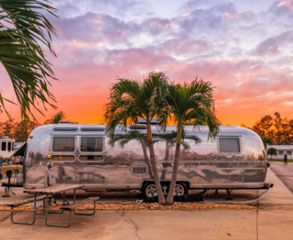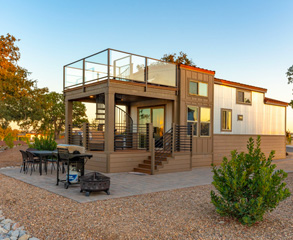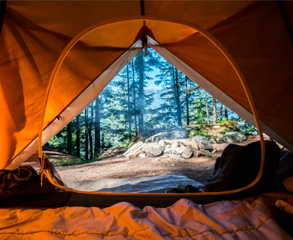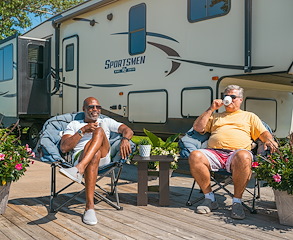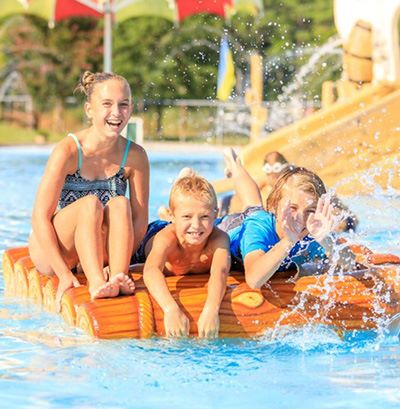Essential Tips for Visiting National Parks
Fresh air, lush trees, and a gentle breeze—visiting national and state parks is a perfect way to disconnect from modern life and immerse yourself in nature. However, there are important things to consider for a smooth and enjoyable trip. Here are eight essential tips for visiting national parks that every traveler should keep in mind!
1. Check Pet Policies
Before visiting, verify if the national park is pet-friendly. Many parks aim to protect fragile ecosystems and may not allow pets. Some parks do have designated areas for pets, while state parks are generally more accommodating. Always check online or call ahead to understand the rules regarding pets.
2. Stay Informed About Closures
National parks can be affected by weather changes that might lead to road closures or restricted access. High mountain roads can close unexpectedly, even during summer. Follow the park's official social media accounts or check their website for real-time updates on closures.
3. Understand Seasonal Trends
Familiarize yourself with the park's peak tourism seasons. Visiting on weekends during summer can result in long wait times and crowded trails. Opt for weekdays or visit during the shoulder seasons—typically spring or fall—for a more peaceful experience.
4. Plan Your Visit
To maximize your time, create a simple itinerary. This is especially helpful in large national parks where attractions are spread out. A well-thought-out plan ensures you see everything you want, whether you're visiting a national park or a state park with multiple features.
5. Prioritize Safety
When exploring the wilderness, medical facilities may be far away. Pack a basic first aid kit to prepare for minor injuries or park-specific issues, such as snake bites. Essential items include:
- Bandages
- Antibiotic ointment
- Antiseptic wipes
- Gauze pads
- Medical tape
- Hydrocortisone cream
- Pain relievers (Tylenol or Advil)
- Tweezers
6. Pack Only the Essentials
Keep your backpack light by bringing only what you need: water, snacks, and first aid supplies. Packing light makes hiking easier and more enjoyable when visiting national parks.
7. Be Prepared for Limited Cell Coverage
Many parks have areas with poor or no cell phone reception. To save battery life, switch your phone to "Airplane Mode" when you're in areas without service. Download maps and necessary information ahead of time for offline access.
8. Respect Wildlife
Remember that national and state parks are not zoos; the wildlife is unpredictable and can be dangerous. Maintain a safe distance from animals and avoid disturbing their habitats. Always pack out food waste to prevent attracting wildlife to human areas.
We hope these tips help you prepare for your next adventure in one of North America's stunning national parks. Share these essential tips for visiting national parks with your adventurous friends and family!
Related Posts
